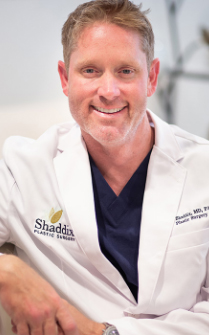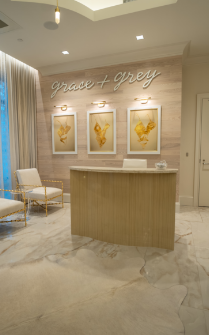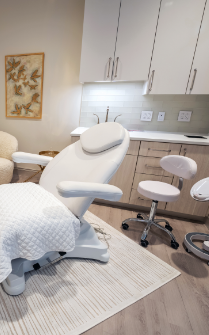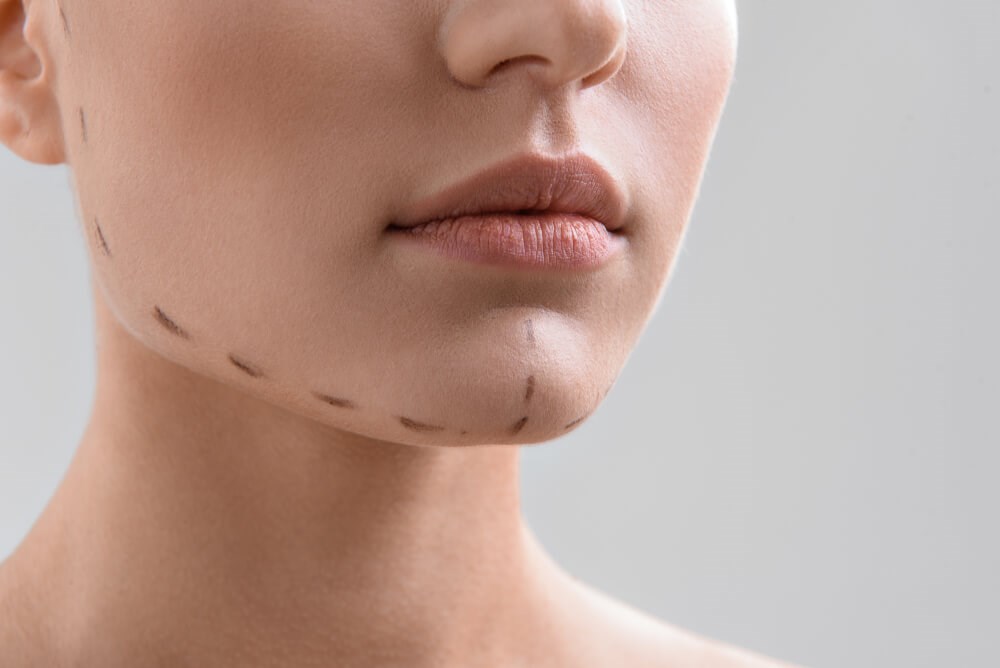All About Chin Surgery
If you’re considering chin surgery, or a genioplasty, it can make a world of difference in how you view yourself by providing enhanced self-esteem when you look in the mirror.
What is Genioplasty?
Genioplasty, or chin augmentation, is a form of cosmetic chin surgery performed by maxillofacial surgeons and plastic surgeons. Genioplasty is an elective surgery and is performed for aesthetic purposes.
Kinds of Genioplasty
There are a few different types of chin surgery. The type that will best suit you depends on what it is that you are trying to accomplish with surgery. The right procedure for you is best discussed with a board-certified plastic surgeon like Dr. Shaddix.
Implant-based Chin Augmentation
The use of a solid silicone implant is the most common method for augmenting the chin. With this surgery, an incision is made either under the chin or within the mouth to place the implant. The implant is then fixed to the bone. This allows for a permanent increase in chin projection with a relatively simple and short procedure.
Filler-Based Chin Augmentation
The use of fillers such as Juvéderm Voluma and Restylane Lyft is becoming a frequently used method for augmenting the chin. This can be done in the office just like injecting dermal fillers into any other area. By using filler, there is no downtime and no surgery. The results are a great increase in chin projection and an improved profile. However, those results are not permanent and the filler procedure needs to be repeated every 1-2 years.
Chin Implant Procedure
Dr. Shaddix will first make a small incision inside your mouth or under your chin. He will then use sizers to determine what size and shape of implant best achieves your aesthetic goals. Next, a silicone implant (often with small holes or pores to allow better tissue adhesion) is placed and chin symmetry is ensured. Then Dr. Shaddix will use a stitch to secure the implant to your jaw bone. Finally, your incision will be closed with absorbable sutures.
Chin Implant Aftercare Instructions
Surgical chin implant aftercare instructions can be personalized based on your specific surgery and needs.
A diet of soft foods is recommended during the healing process so as to not aggravate the newly closed sutures.
Dermal filler chin augmentation takes almost no time to recover. There may be some swelling and bruising, but it is generally very mild.
Chin Implant Complications
As with all surgical procedures, some risks and complications can occur and should be considered before proceeding. These include:
- Infection
- Implant extrusion
- Numbness of lip
Schedule a Consultation
If you are unsure of which type of genioplasty is best for you, contact Dr. Shaddix to set up an appointment. Fill out our convenient online form to get started.














